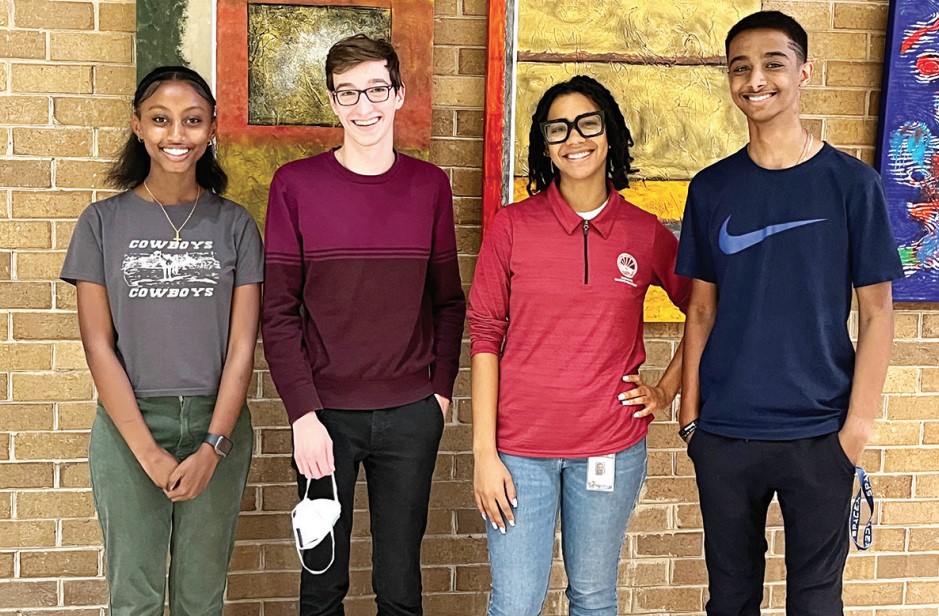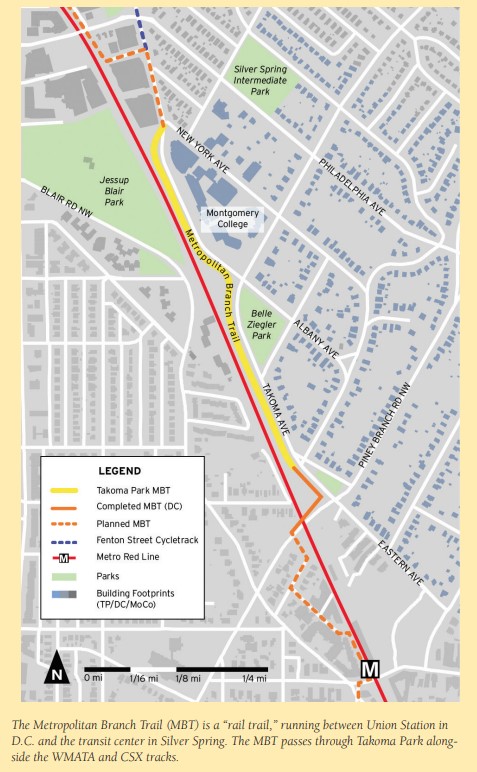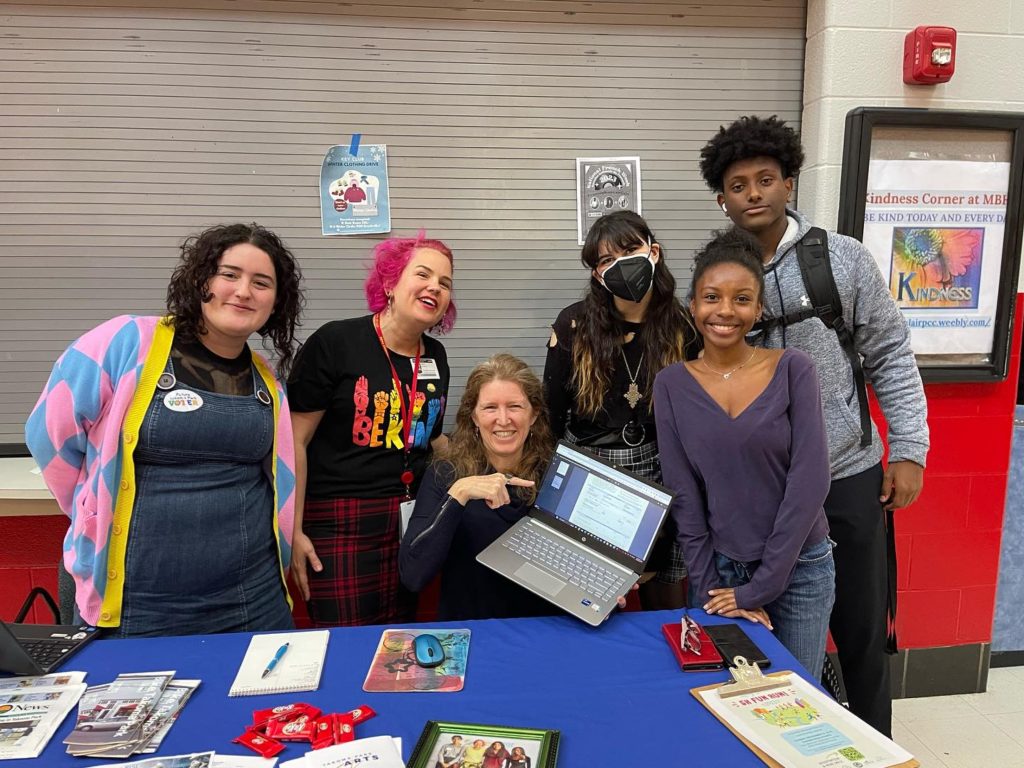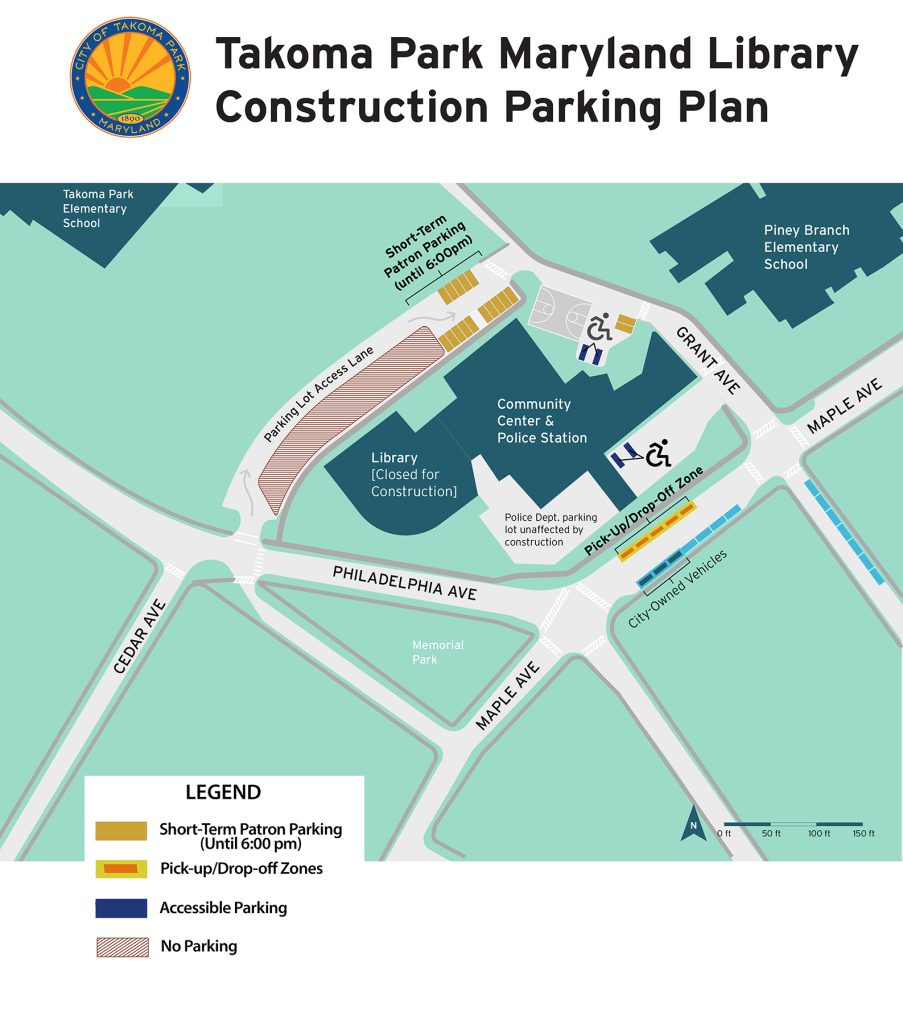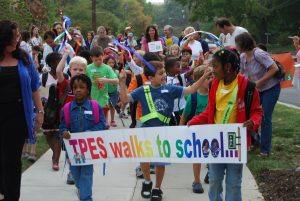On Wednesday, December 6, the Takoma Park City Council welcomed Maryland’s District 20 delegation to the council chamber to discuss priorities in the 2024 Maryland General Assembly, which will convene on January 10. Senator Will Smith, Delegate Jheanelle Wilkins, and Delegate David Moon joined the discussion live, with Delegate Lorig Charkoudian joining remotely from Austin, Texas, where she was attending the National Conference of State Legislators on Energy Security.
Delegate Charkoudian focused on climate justice, pedestrian safety, mental health, and food issues during her remarks, which she gave at the top of the meeting due to her short time window. She said that this year, she is focusing on networked geothermal as a possible way to electrify entire neighborhoods efficiently. She expressed her commitment to the Vision Zero pedestrian safety goals. And she said that she will be working on legislation to reduce food waste and make sure that food insecure families are being fed.
Turning to the members of the delegation in the council chamber, Mayor Talisha Searcy emphasized that in April 2023, the council adopted five priorities to ensure that “our community advances a community of belonging; has a fiscally sustainable government; is environmentally sustainable; encourages community development for an improved and equitable quality of life; and has an engaged, responsive, and service-oriented government.” She asked the delegation to consider how it can help the City advance these priorities.
Several councilmembers followed the mayor’s remarks with comments and queries.
Ward 5 Councilmember Cara Honzak said that the council specifically “supports legislative efforts to expand both public and private health insurance to people without legal documentation.” She added that the council supports “legislative and budget initiatives that make childcare services more accessible and affordable.” Honzak also said that municipalities like Takoma Park need additional funds to address community mental health service, citing the crisis intervention team that was put in place in Takoma Park during the pandemic, using funds from the American Relief Plan (ARPA).
Ward 1 Councilmember Shana Fulcher then told the state legislators that the city wants to “explore potential sources of new revenue streams for municipalities such as the authority to collect a sales tax, receive a percentage of sales tax collected in the jurisdiction, [and] receive a portion of revenue generated by alcohol and tobacco sales.” She also said that the council is interested in seeing a change to calculations for homeowner and renter property tax credit programs.
Ward 2 Councilmember Cindy Dyballa asked the delegation to support legislation that prohibits deceptive recycling claims on packaging and products, to support the Responding to Emergency Needs from Extreme Weather (RENEW) Act, to invest in disaster relief and preparedness, and to support progress on climate solutions. Dyballa said that climate legislation should specifically support municipal construction projects and stormwater mitigation efforts.
For his turn, Ward Six Councilmember Jason Small mentioned the City’s commitment to housing and economic development and Vision Zero goals to eliminate all traffic fatalities and severe injuries. “Specifically, we’re asking the D-20 delegation to pass legislation requiring the State Highway Administration to increase its responsiveness to the pedestrian and cyclist safety needs,” said Small.
He also emphasized that the City should have the authority to enact just-cause eviction laws and that he would like to see further support in terms of budget and legislation to “significantly increase the stock of affordable housing, including housing for the missing middle and for people with disabilities.”
Mayor Searcy then added a few requests. Echoing Honzak, Searcy mentioned the pilot program that brought two mental health counselors to the city. She said that the City needs additional space to “adequately implement and sustain” the program. Space has been allocated in the $1.2 million capital project to renovate the community center, but that an additional $200,000 would help ensure that this program finds space in the renovated building.
Senator Smith responded that the mental health counseling program resonates with him because of work that he has done at the intersection of mental health and the criminal justice system.
Delegate Moon added that the $200,000 request is reasonable and in alignment with the goals and values of the delegation, but he cautioned that 2024 is “heading into tight budget times.”
“The era of those pandemic surpluses is more or less over,” said Moon. He highlighted that there is already an underfunded commitment to the Blueprint for Maryland’s future, an education plan passed in 2021 that commits a $3.8 billion increase to education every year for ten years.
Moon pointed out that transportation is taking cuts and that he is trying to “steer that towards unnecessary highway projects and preserve our Ride-on transit, Marc, and WMATA funding to the maximum extent possible along with our pedestrian safety upgrades on state highways.”
“I really do think the budget … impacts all of our policies,” said Moon. “That’s the big story for the year that we’re heading into.”
Moon emphasized that Governor Wes Moore has reinstated the program—shut down under Governor Larry Hogan—to allow non-citizens to be licensed for childcare. He also mentioned the support of the District 20 team regarding bills that can bring more affordable housing to Montgomery County. And he reiterated Smith’s work on advancing bills that address mentalhealth when it comes to the criminal justice system.
